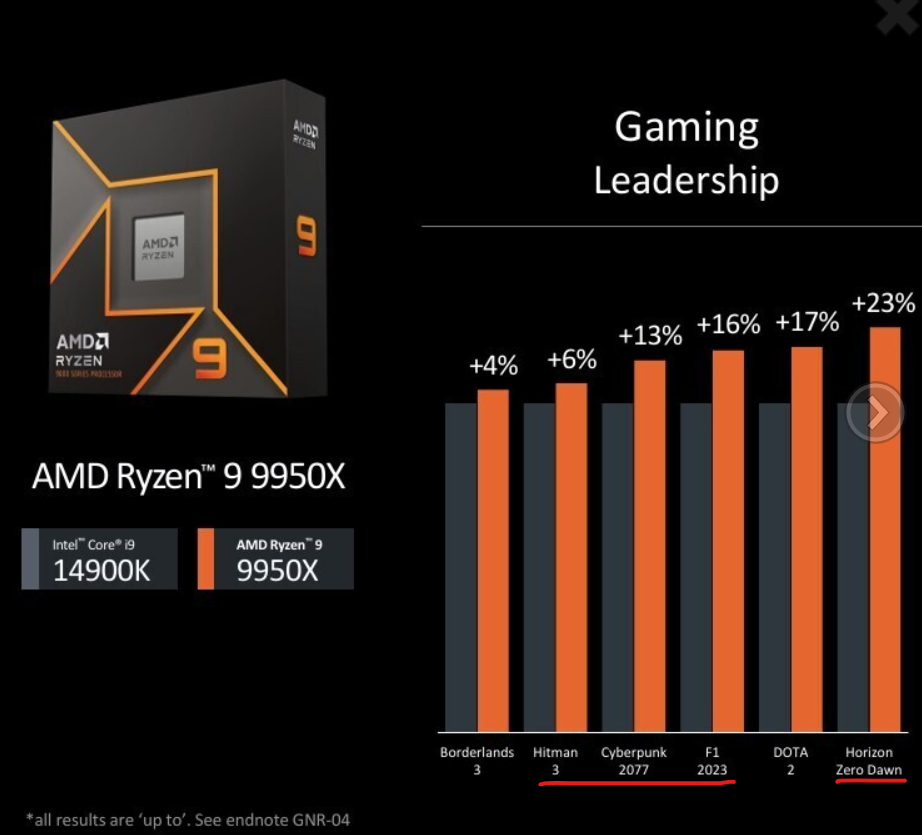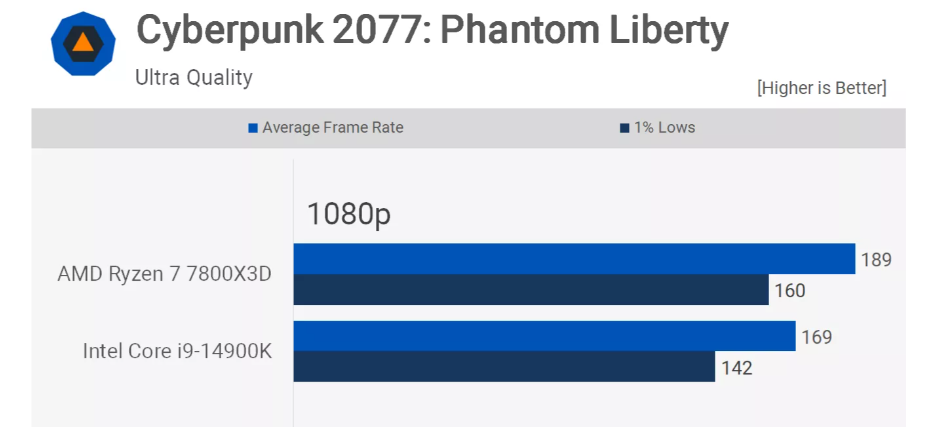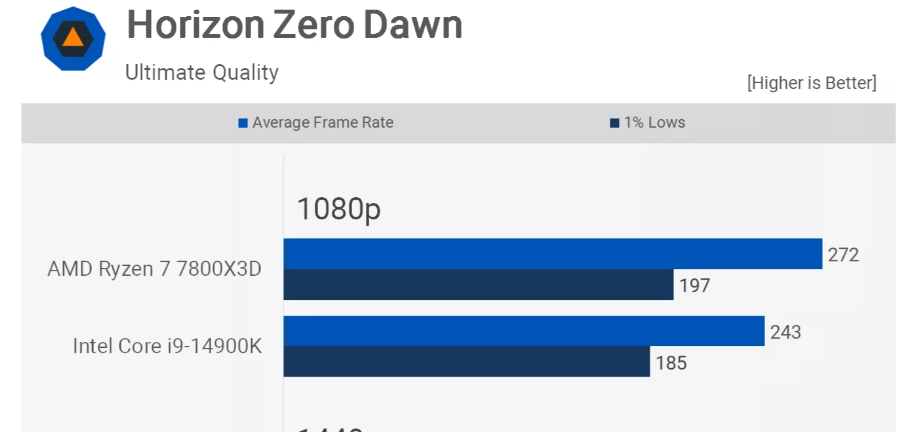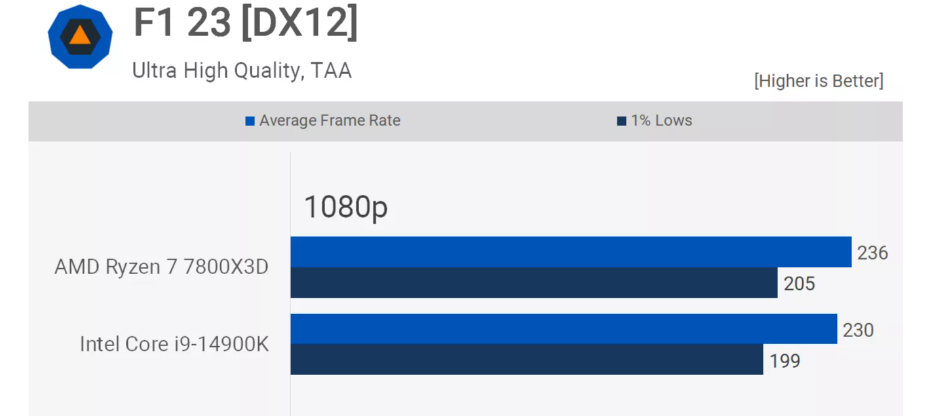MistaSparkul
2[H]4U
- Joined
- Jul 5, 2012
- Messages
- 3,723
From a quick read, people yet to update, depending on how iron out the memory controller and the little quirk (like slow post if you OC the ram) could be happy to have waited, but the x870 does not seem enough to be worth the update trouble if you do not have major issue with your current x670 kit for most people (if it allow 4x32, 4x48 to run well or 2x kit at 8000mhz maybe it will to some).
Which is part a bit of a deception but also kind of nice, that what make jumping into a new AMD platform an easy choice, faith you will not "need" (or more so want) to upgrade that board.
View attachment 657826
If we compare with TPU result of the 7950x vs the 14900k, at 720p 4090RTX (i imagine they are using a 7900xtx and different setting-drivers-game version..., so really gross comp)
7950x ->9950x performance relative to the 14900k
Boderlands3 : -23% ->.+4% (+35% boost)
Cyberpunk...: .+6% ->+13% (+20% boost)
CinebenchR24:-1.6% ->+21% (+23% boost)
Those seem good, +20/25% performance boost (+15% IPC, 7-8% higher boost)
Solid bump but definitely not worth it for gamers who are able to get 7800X3D for far less money. Let's say we give the 9700X the best case scenario, a 25% boost over the 7700X. Here is the latest CPU benchmark data from TPU:

88 x 1.25 = 110 for 9700X, meanwhile
7800X3D = 105
The 9700X would barely be any faster than a 7800X3D while costing at least $400 on it's own, then factor in mobo and RAM costs would easily put you north of $600-700. A 7800X3D bundle can be bought from Microcenter right now for $480 that includes CPU/Mobo/RAM. If you do not have access to such cheap deals then I guess the argument is a lot harder to make. But also that was the best case scenario of 25% boost, if it is a 16% boost instead then the numbers would completely be in favor of the 7800X3D, cheaper AND faster.
88 x 1.16 = 102
![[H]ard|Forum](/styles/hardforum/xenforo/logo_dark.png)






